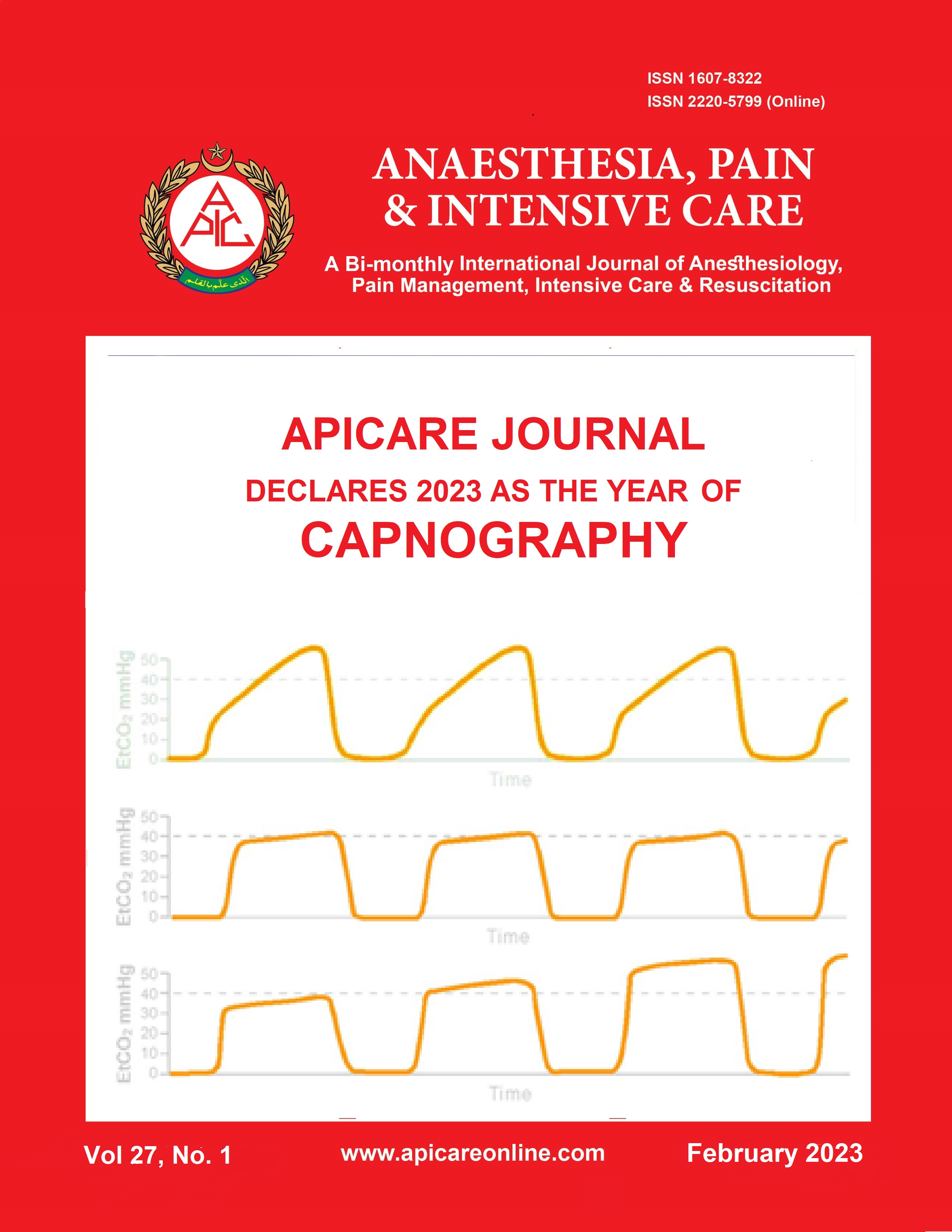Wet cupping therapy increases the time withdrawal latency (TWL) and decreases GABA-A receptor expression in the spinal cord in a rat model of neuropathic pain
Abstract
Background & Objective: Neuropathic pain (NP) is a pain due to a somatosensory lesion. NP leads to disruption of health, work, social relationships, hobbies, sleep, mood, and cognitive function. Up till now, the treatment of NP remains unsatisfactory. It makes many patients seek alternative therapies, including wet cupping therapy (WCT). We aimed to analyze the effects of WCT against NP in chronic constriction injury (CCI) in a rat model by assessing the increase in time withdrawal latency (TWL) and GABA-A receptors expression in the spinal cord.
Methodology: We used CCI as one of the NP models in Rattus norvegicus species of rats and treated with WCT. We used 21 four months old male rats, divided into 3 groups (n = 7); P1 (sham CCI group), P2 (CCI group), and P3 (CCI plus WCT group). WCT was given two times every week for three weeks with 5 min of first cupping using −200 mmHg, and followed by ten punctures and then 5 min of second cupping using −200 mmHg. TWL assesment was conducted by using hotplate. Expresion of GABA-A receptor was evaluated with immunohistochemistry.
Results: WCT significantly increased TWL with P = 0.0001 and decreased expresion of GABA-A receptors in the spinal cord of CCI rat model.
Conclusion: This research concluded that wet cupping therapy could increase time withdrawal latency and decrease the expression of GABA-A receptors in the spinal cord in chronic constriction injury rat model. This result suggests a promising method in controlling neuropathic pain. However, further investigations are required to understand the mechanism.
Abbreviations: CCI: Chronic Constriction Injury; CT: Cupping Therapy; DCT: Dry Cupping Therapy; NP: Neuropathic Pain; TWL: Time Withdrawal Latency; WCT: Wet Cupping Therapy;
Key words: Chronic constriction injury; CCI rat model; GABA-A receptors; Neuropathic pain; Pain; Time withdrawal latency; TWL; Wet cupping therapy.
Citation: Hidayati HB, Qurnianingsih E, Widjiati, Khaerunnisa S, Puspamaniar VA, Susetyo RD. Wet cupping therapy increases the time withdrawal latency (TWL) and decreases GABA-A receptor expression in the spinal cord in a rat model of neuropathic pain. Anaesth. pain intensive care 2022;27(1):97−103; DOI: 10.35975/apic.v27i1.2124
Received: July 05, 2022; Reviewed: July 08,2022; Accepted: December 12, 2022














